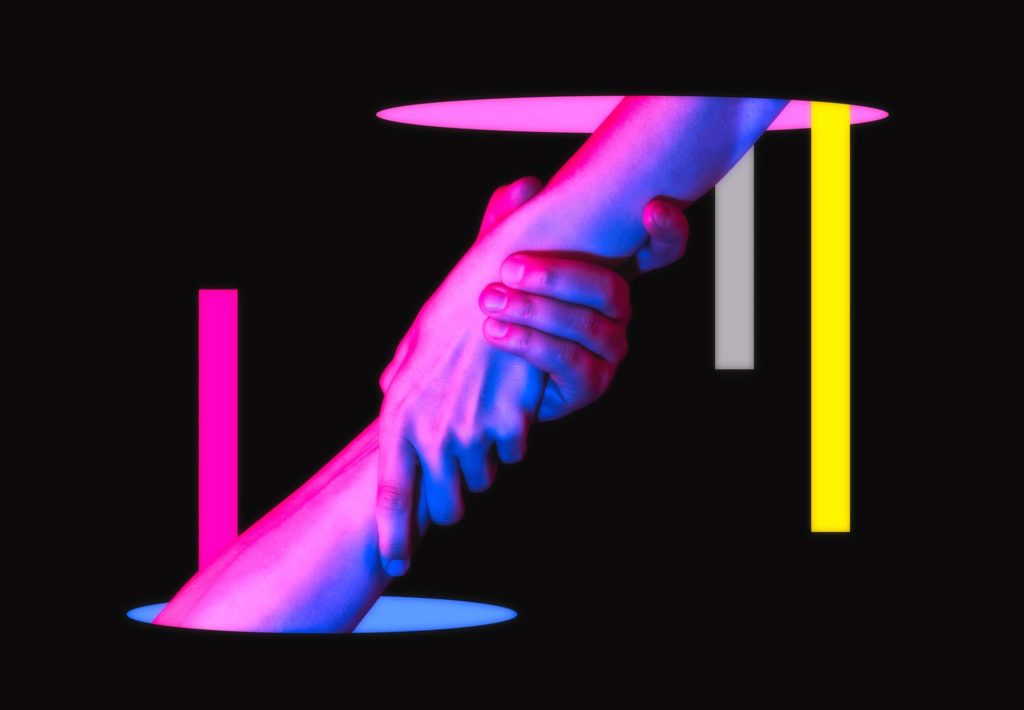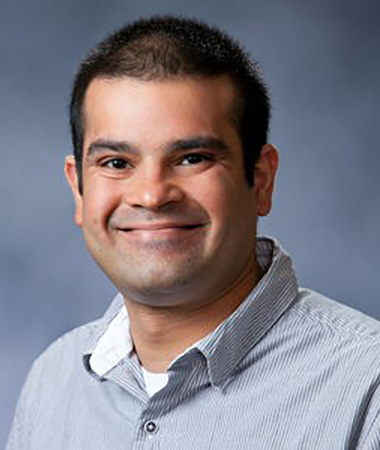Government Relations
Inside Grants: Institute of Education Sciences Grant Funding


The Institute of Education Sciences (IES) is the research, evaluation, and statistics division of the U.S. Department of Education. Its mission is to provide scientific evidence on which to ground education practice and policy and to share this information.
Sidney D’Mello is a professor in the Institute of Cognitive Science and Department of Computer Science at the University of Colorado Boulder. He is interested in the dynamic interplay between cognition and emotion when individuals and groups engage in complex real-world activities. His team applies insights gleaned from this basic research program to develop intelligent technologies that help people reach their fullest potential by coordinating what they think and feel with what they know and do. Their IES research grant, A Theory and Data Driven Approach for Identifying Evidence of Collaborative Problem Solving Skills, is a collaboration with Educational Testing Services (ETS) and the University of California, Los Angeles.
Sidney D’Mello
What are you researching?
Our project aims to (1) improve understanding and assessment of collaborative problem solving (CPS) skills in the paradigm of educational simulations and games; and (2) develop computational models for automated assessments of CPS skills in authentic educational contexts. The ultimate goal is to enable in vivo assessments of these key 21st century skills, which entail competencies that are particularly relevant to the future workforce like teamwork, communication/coordination, and problem solving.
Grant Information
- Country/region: United States
- Organization: Institute of Education Sciences
- Grant mechanism: Exploration, Cognition and Student Learning Program
- Amount: $1,399,250
Specific research activities include:
- Developing an ontology of CPS skills including CPS facets, measurable indicators of the facets, and coding/annotating frameworks;
- Instrumenting two CPS task environments (an existing physics educational game and a newly developed computer-mediated math problem-solving task);
- Collecting data from middle school student dyads who engaged with both task environments in the classroom and in the lab;
- Transcribing and annotating the data based on the CPS ontology/framework (#1), which entails significant coder training;
- Training deep learning models to automatically reproduce the human codes from speech recognition transcripts, while also ascertaining the impact of speech recognition errors on model accuracy;
- Examining associations between CPS codes (both human- and computer-generated) on CPS task performance and students’ perceptions of the collaboration; and
- Investigating associations between CPS codes by domain (math vs. physics).
Our paper, “Do Speech-Based Collaboration Analytics Generalize Across Task Contexts?,” was a finalist for the best paper award at the 12th International Learning Analytics and Knowledge Conference (LAK 22).
How has your grant from the Institute of Education Sciences supported your work?
Government funding was instrumental to conduct this research. It supported researchers and project staff to conduct the above research activities in authentic educational contexts (i.e., the classroom). This is important to ensure a degree of ecological validity of the findings and translation to real-world applications.
What was the application process like?
The project was funded on its third try. IES only accepts proposals on an annual basis around August. Our first unsuccessful submission was in 2014, then we had a second unsuccessful follow-up a year later in 2015, and finally our 2016 application was successful. There is usually a one-year delay between submission and commencement of the project, which means we got started in fall 2017—three years after we initially proposed the project.
One thing to note is that IES allows you to resubmit a proposal and document how you addressed the previous comments and critiques. The revised proposal is then reviewed by a panel, which includes members who reviewed the previous proposal. This form of continuity is important and is different from the review process of the National Science Foundation (NSF), where every submission is treated a new.
What advice do you have for researchers applying for grants from the Institute of Education Sciences?
Ensure your project is within scope. IES has very strict scoping requirements, so check with the program officers early. Submit a letter of intent, and then schedule a meeting with an IES program officer to discuss your proposal.
Ensure your project aligns with IES’s goals. IES funds translational science, where insights from basic research are translated into interventions (or measures) for use in authentic educational settings. Consider alternate funding agencies (e.g., NSF) for more basic research.
Start early. In addition to the main application materials, there are lots of appendices, etc., which can take a lot of time for an initial submission. Allocate a minimum of a month of time to prepare a competitive application, but perhaps allocate 2 months if this is your first time applying to IES.
Team up. IES projects require diverse expertise including psychological scientists, educational researchers and specialists, computer scientists, and statistical consultants. They require letters of commitment from schools and school districts. If possible, examine successful IES proposals (they are available through FOIA, or freedom of information act requests). Better yet, try to recruit a seasoned IES-funded researcher to help scaffold you on your first submission.
Anything else you wish to add?
I’ve also served as an IES reviewer (or panelist) for 5 years and have participated in the review process for 40 or so proposals during that time.
I recognize that submitting an IES research proposal is a high-risk, high-reward venture. The award sizes are generous (typically greater than $1M for 3 years) and enable impactful research in the field. But preparing the proposal is a major time commitment, so either go all in and commit the time and effort to submitting a high-quality proposal, or don’t submit at all. If you do submit, remember that your proposal is unlikely to get funded on your first try. Don’t be discouraged, but do try again!
Feedback on this article? Email apsobserver@psychologicalscience.org or login to comment. Interested in writing for us? Read our contributor guidelines.





APS regularly opens certain online articles for discussion on our website. Effective February 2021, you must be a logged-in APS member to post comments. By posting a comment, you agree to our Community Guidelines and the display of your profile information, including your name and affiliation. Any opinions, findings, conclusions, or recommendations present in article comments are those of the writers and do not necessarily reflect the views of APS or the article’s author. For more information, please see our Community Guidelines.
Please login with your APS account to comment.